Tea drinking has been a significant ritual in various cultures throughout history, symbolizing relaxation, socialization, and mindfulness. The use of clay tea cups dates back to ancient times in China and Japan, where artisans crafted these vessels for their natural and earthy aesthetics. Clay tea cups are believed to enhance the flavors and aromas of the tea, offering a unique sensory experience. In many cultures, the preparation and serving of tea is a cherished ritual, often representing hospitality and respect. Understanding the history and Significance of tea-drinking rituals can provide insight into the rich cultural traditions associated with this timeless beverage.

Why use a clay tea cup?
Clay tea cups enhance tea flavor due to their porous nature. They absorb and release aroma, providing a natural and authentic taste. Porous clay helps maintain tea temperature and keep it warm longer. Tea enthusiasts prefer clay cups for a richer tea experience.
Types of clay tea cups and their characteristics
Clay tea cups come in different types, each with its unique characteristics. Some common types include:
- Purple Clay (Zi Sha): Known for its porous nature, which can retain the tea's aroma and flavor over time. It is also said to enhance the taste of the tea over multiple uses.
- Porcelain Clay: These cups are delicate and often adorned with intricate designs. They are known for their heat retention and are ideal for enjoying delicate teas.
- Yixing Clay: This type of clay is known for its natural colors and ability to absorb the aroma and flavor of the tea. Over time, it can develop a glossy patina that adds to its appeal.
Each type of clay tea cup offers a unique drinking experience, so choosing the right one depends on your preferences and the tea you enjoy.
The benefits of using a clay teacup
Clay tea cups are known for their natural cooling properties, which can help enhance the tea's flavor and aroma. The porous nature of clay also allows the tea to breathe, resulting in a unique and heightened drinking experience. Moreover, the clay minerals can enrich the tea composition, providing potential health benefits to the consumer.
Clay tea cup care and maintenance
In addition to the above care and maintenance tips, here are some additional pointers to keep in mind:
- Avoid using clay cups for acidic drinks like citrus juices or vinegar as they can erode the material over time.
- If you notice any discoloration or staining on the cup, gently scrub it with baking soda and water.
- It is recommended to store your clay tea cup in a cool, dry place to avoid dust and odor absorption.
- If you're not planning to use the cup for an extended period, such as during a vacation, it's best to store it in a padded container to prevent it from getting damaged.
The cultural and aesthetic aspects of clay tea cups
Clay tea cups are a significant part of the tea-drinking culture in various societies. They are highly valued for their ability to retain heat and intensify the flavor of tea. In addition to their functional aspects, clay tea cups are admired for their unique aesthetics, which often reflect the region's cultural traditions. The use of clay tea cups in traditional tea ceremonies adds a sense of authenticity and mindfulness to the experience, further enriching the ritual of tea drinking.
How to choose the right clay tea cup for your needs
To choose the right clay tea cup, consider these factors:
- Type of Clay: Different types of clay, such as porcelain, earthenware, or stoneware, offer varying levels of heat retention and durability.
- Size and Shape: The cup's size and shape can affect the tea's aroma and taste. Consider a cup that complements the type of tea you prefer.
- Glazing: Some clay cups are glazed, while others are left unglazed. Glazed cups may retain heat better and be easier to clean, while unglazed cups may offer a more natural drinking experience.
- Aesthetics: Choose a clay teacup that appeals to your aesthetics and enhances your tea-drinking ritual.
Making the most of your tea-drinking experience with a clay teacup
If you want to elevate your tea-drinking experience, consider using a clay tea cup. Clay tea cups have been used for centuries to enhance the flavor and aroma of tea. The clay's porous nature absorbs the tea's fragrance, making each sip more aromatic and flavorful. Additionally, the natural minerals in the clay can subtly alter the taste of the tea, providing a unique experience with each cup. When using a clay teacup, carefully clean and maintain it to preserve its quality and flavor-enhancing properties.
The process of crafting a clay teacup
Crafting a clay tea cup involves shaping and molding the clay into the desired cup shape. Once the clay cup is formed, it is fired in a kiln at high temperatures to harden it and give it durability and strength. The firing process also allows the clay to take on a unique, earthy color and texture. After firing, the cup may be glazed to create a smooth, glossy finish and enhance its appearance. Crafting a clay tea cup requires precision and artistry to create a functional and aesthetically pleasing vessel.
Conclusion: embracing the tradition of tea drinking with a clay teacup
To truly embrace the tradition of tea drinking, using a clay teacup can enhance the experience. The porous nature of clay cups allows the aroma and flavor of the tea to develop fully, providing a more authentic and rich taste. Additionally, clay has natural insulation properties, keeping the tea warm for longer. Embracing the ritual of tea drinking with a clay teacup can offer a deeper connection to the tradition and elevate the overall tea-drinking experience.

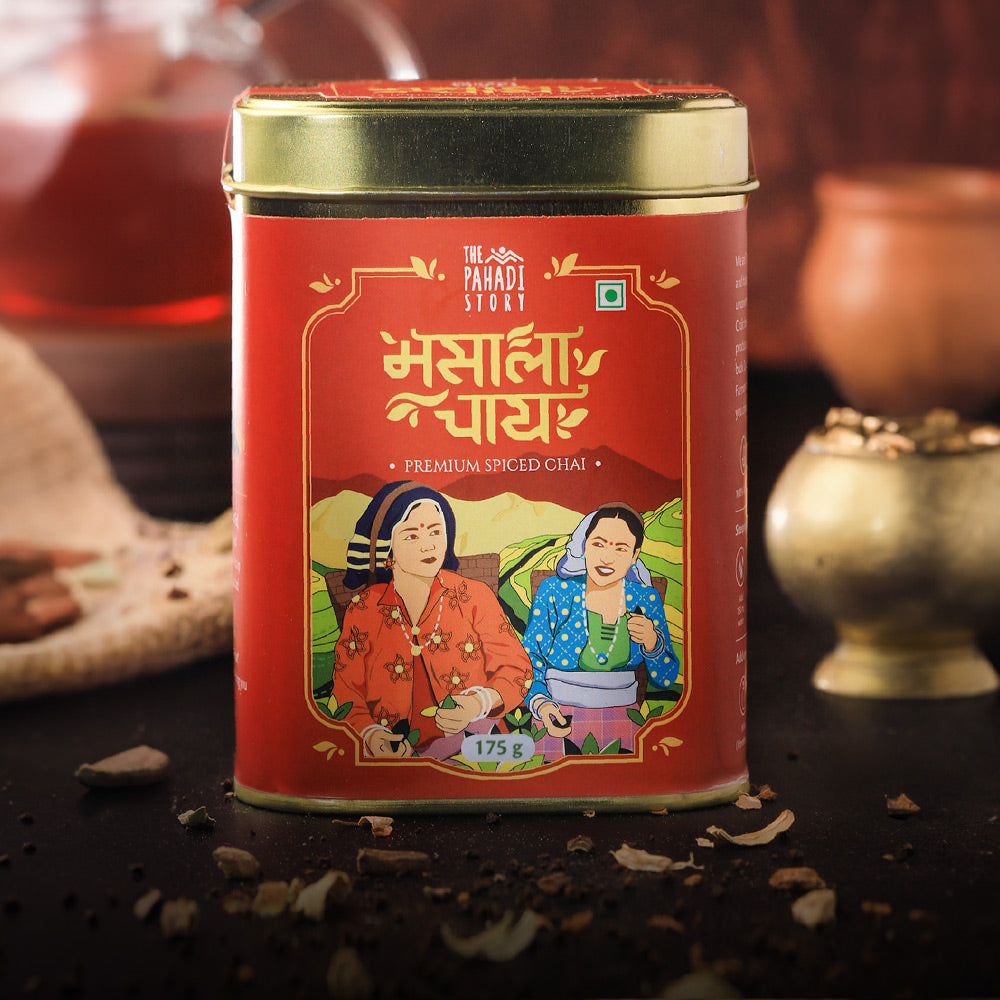
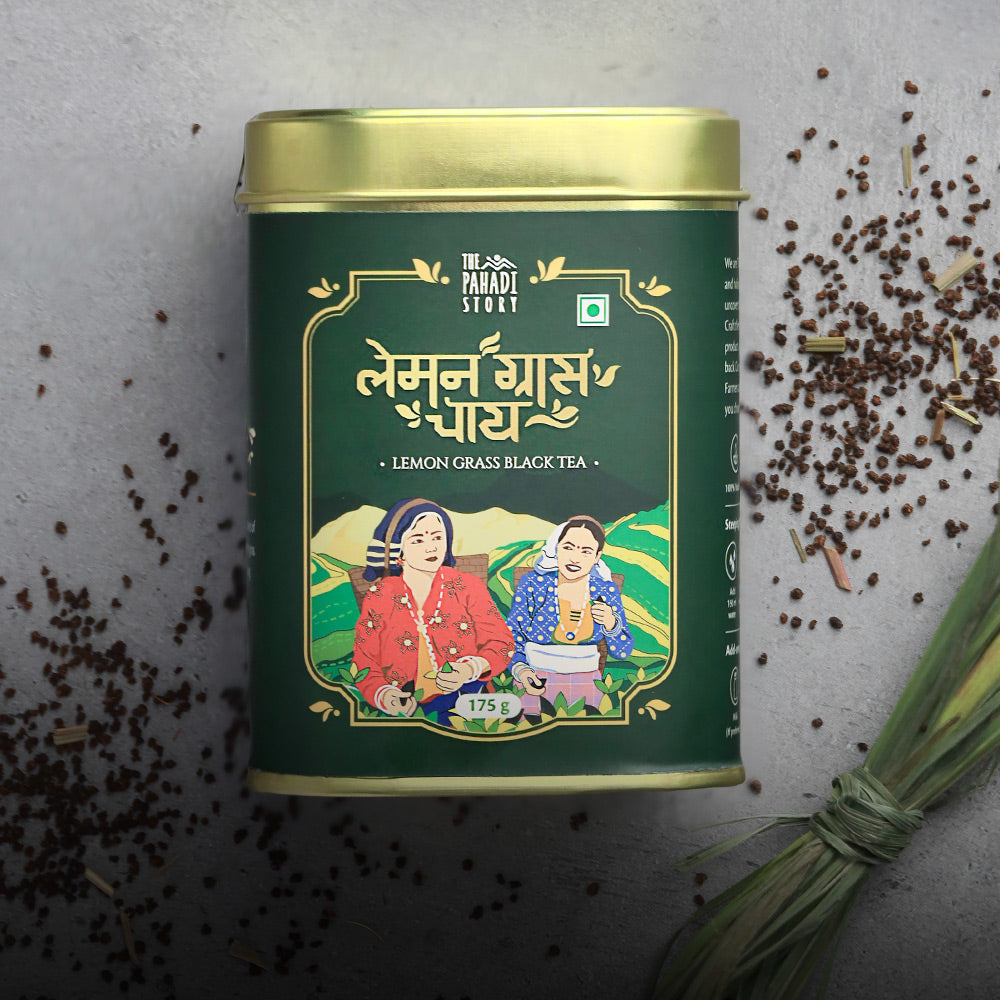
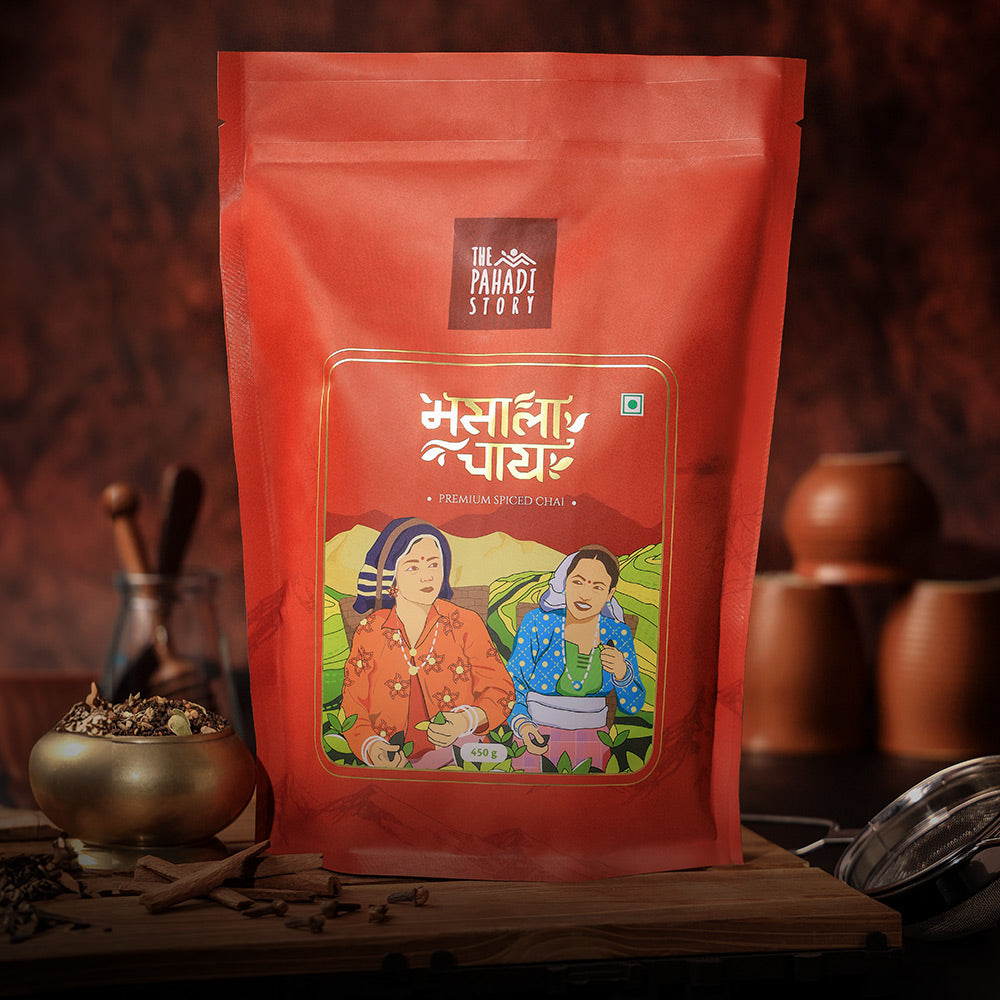
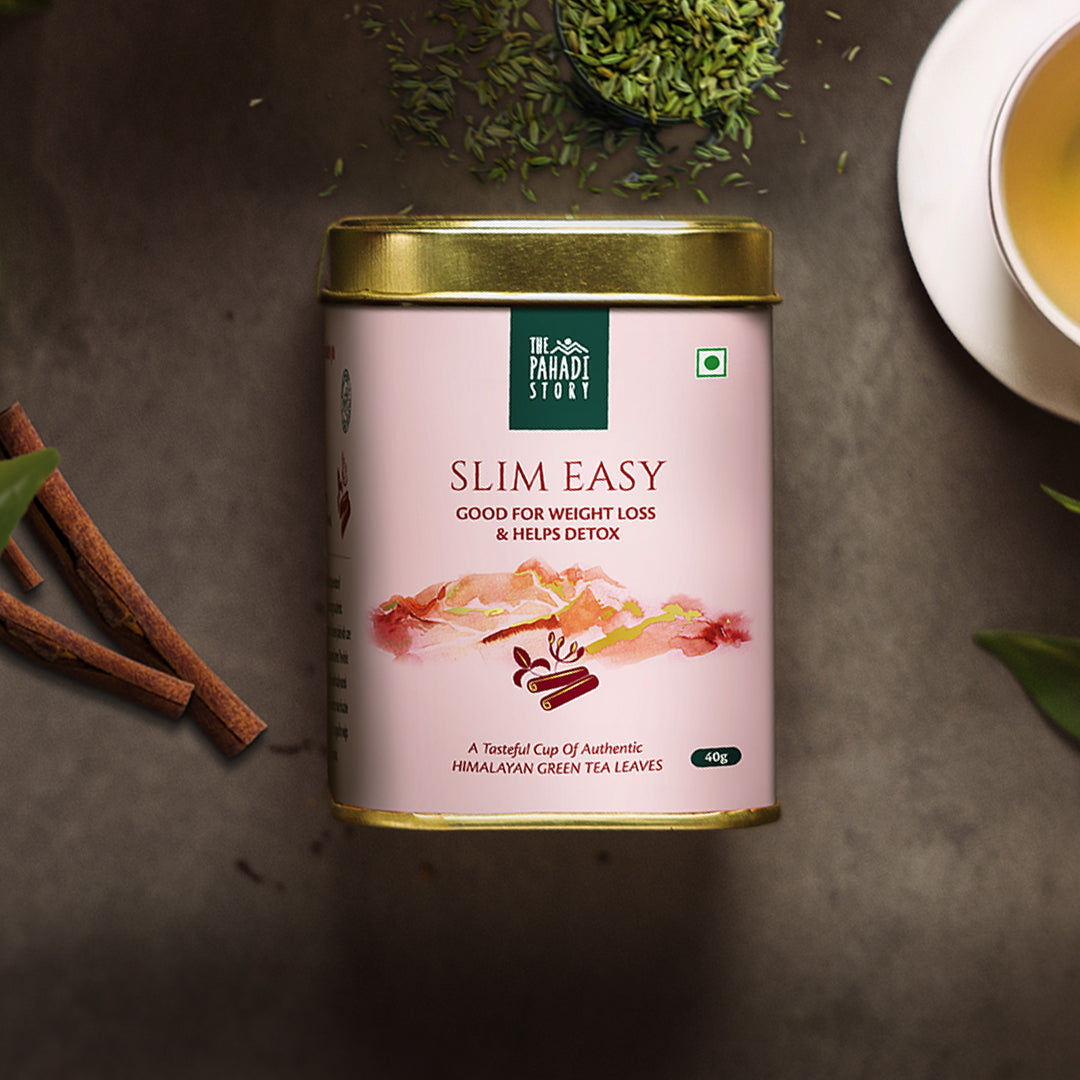
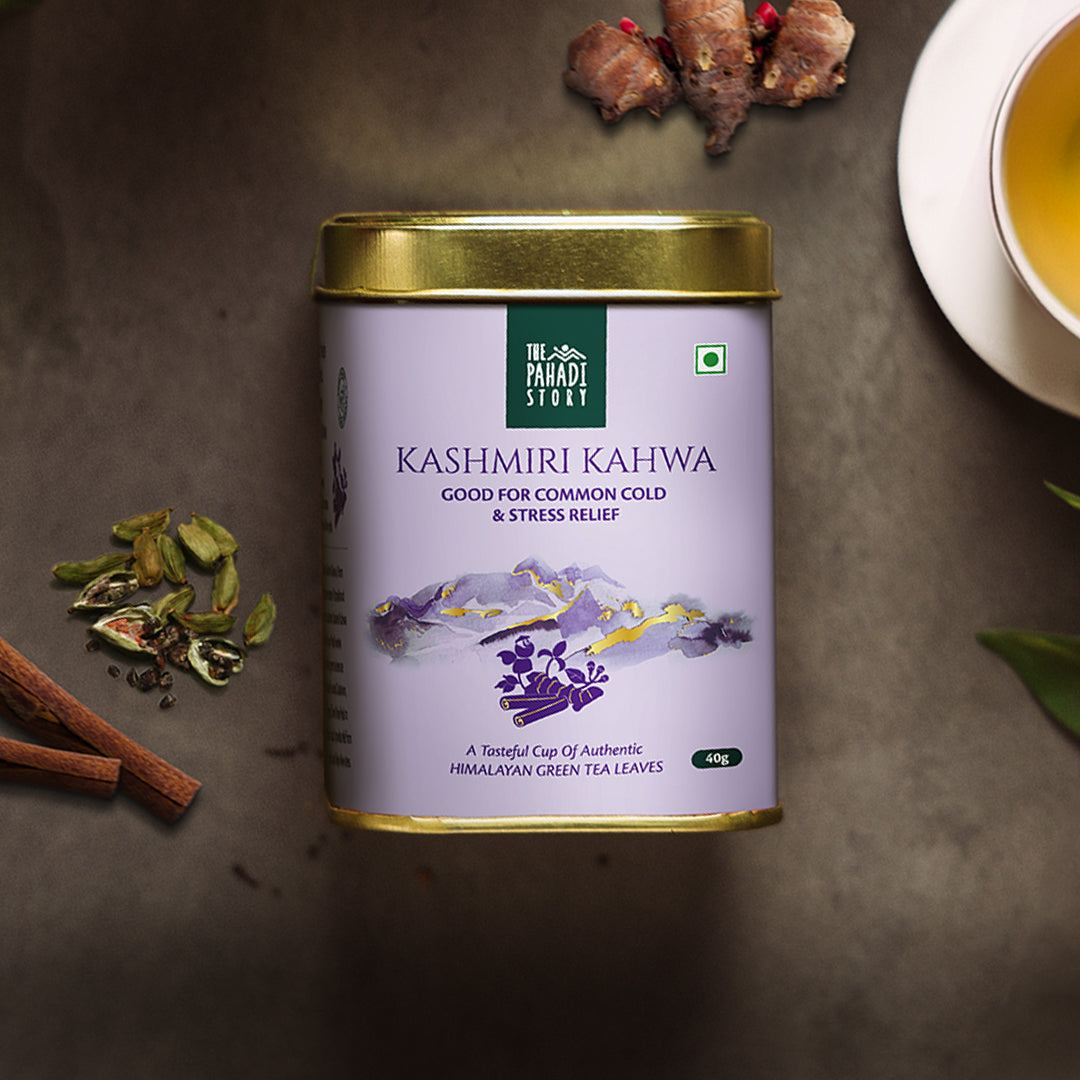
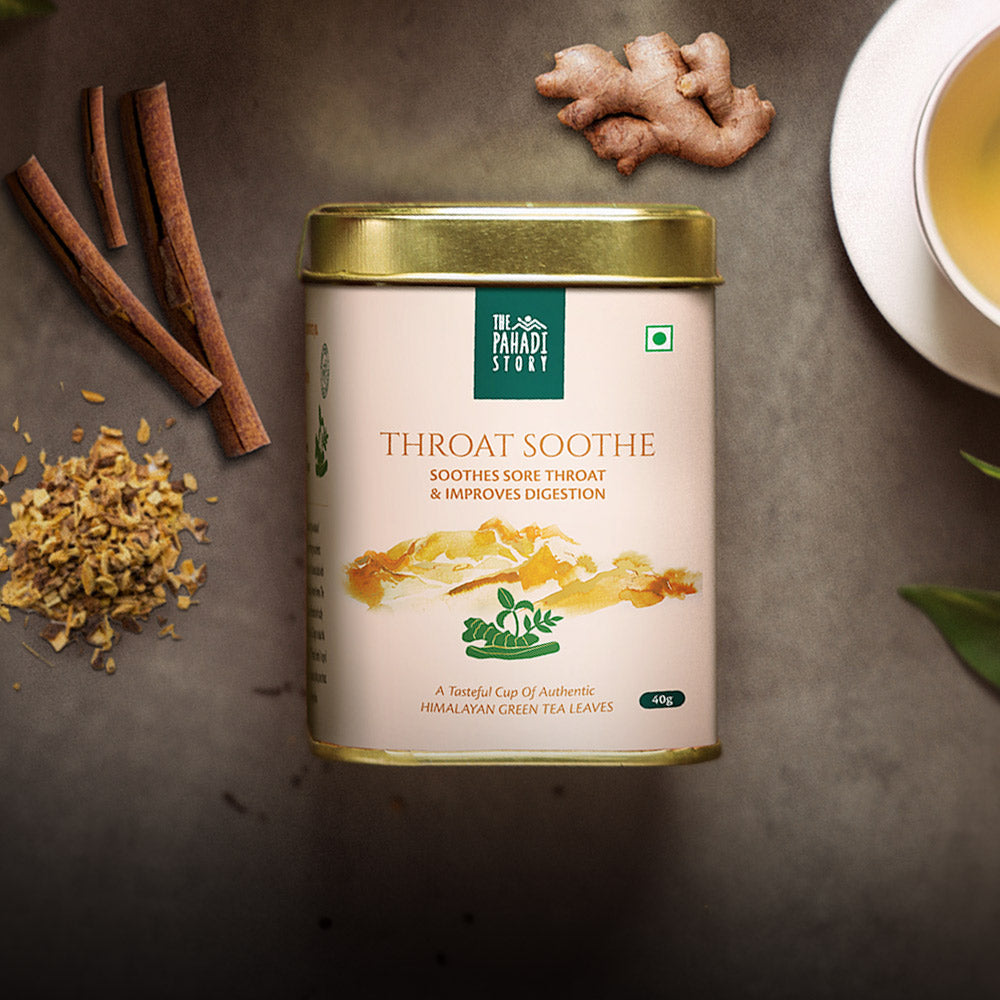
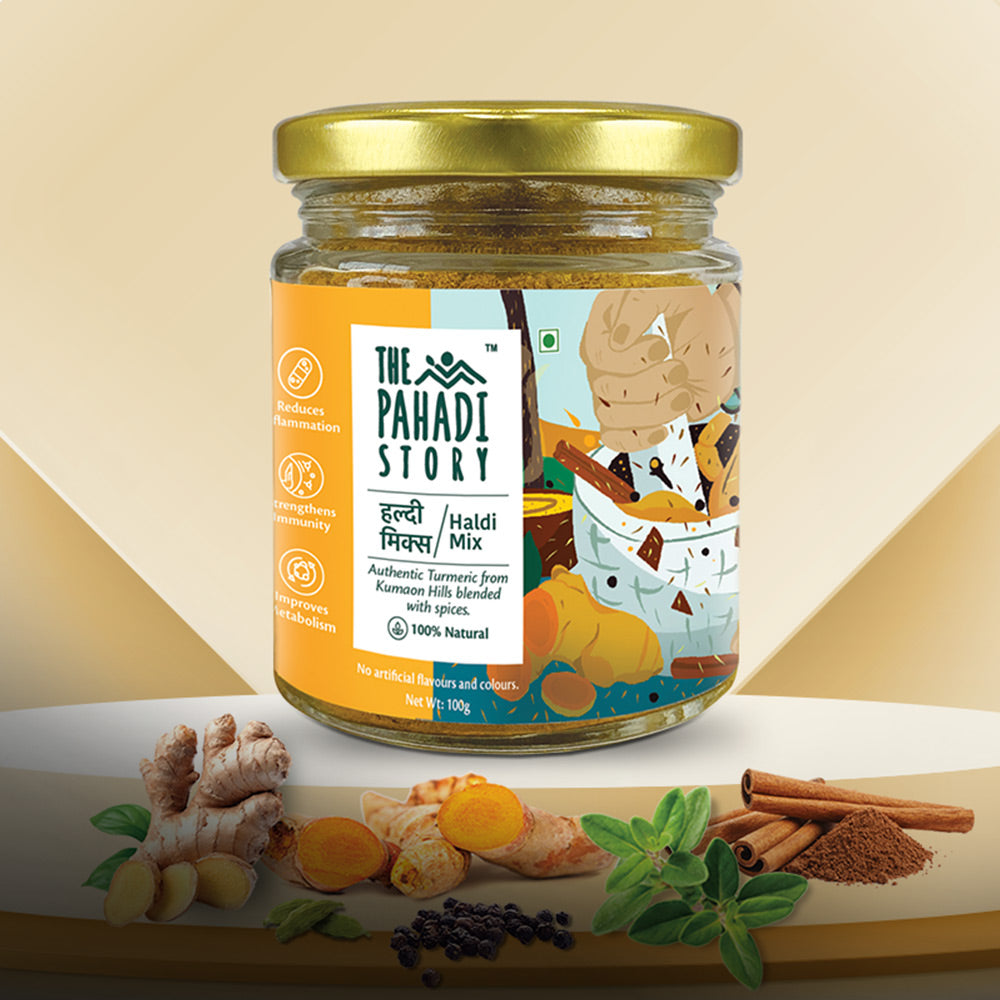
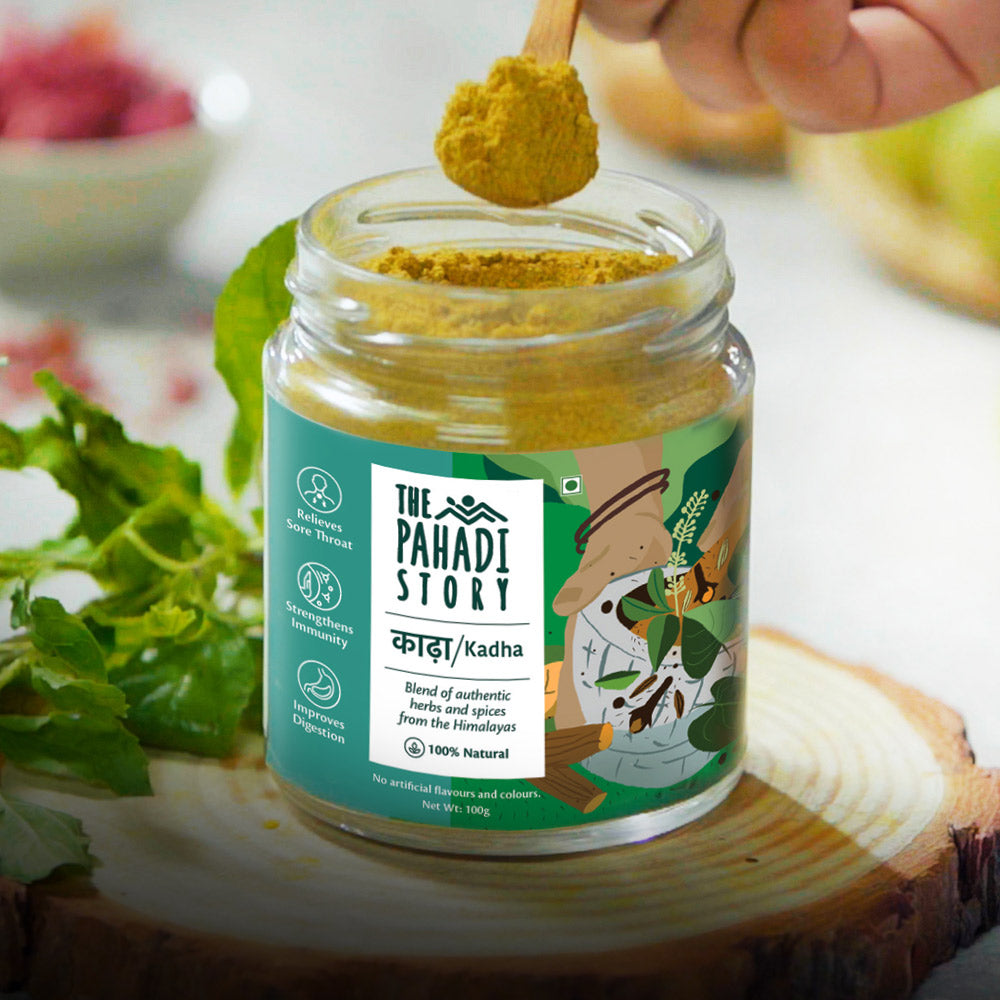
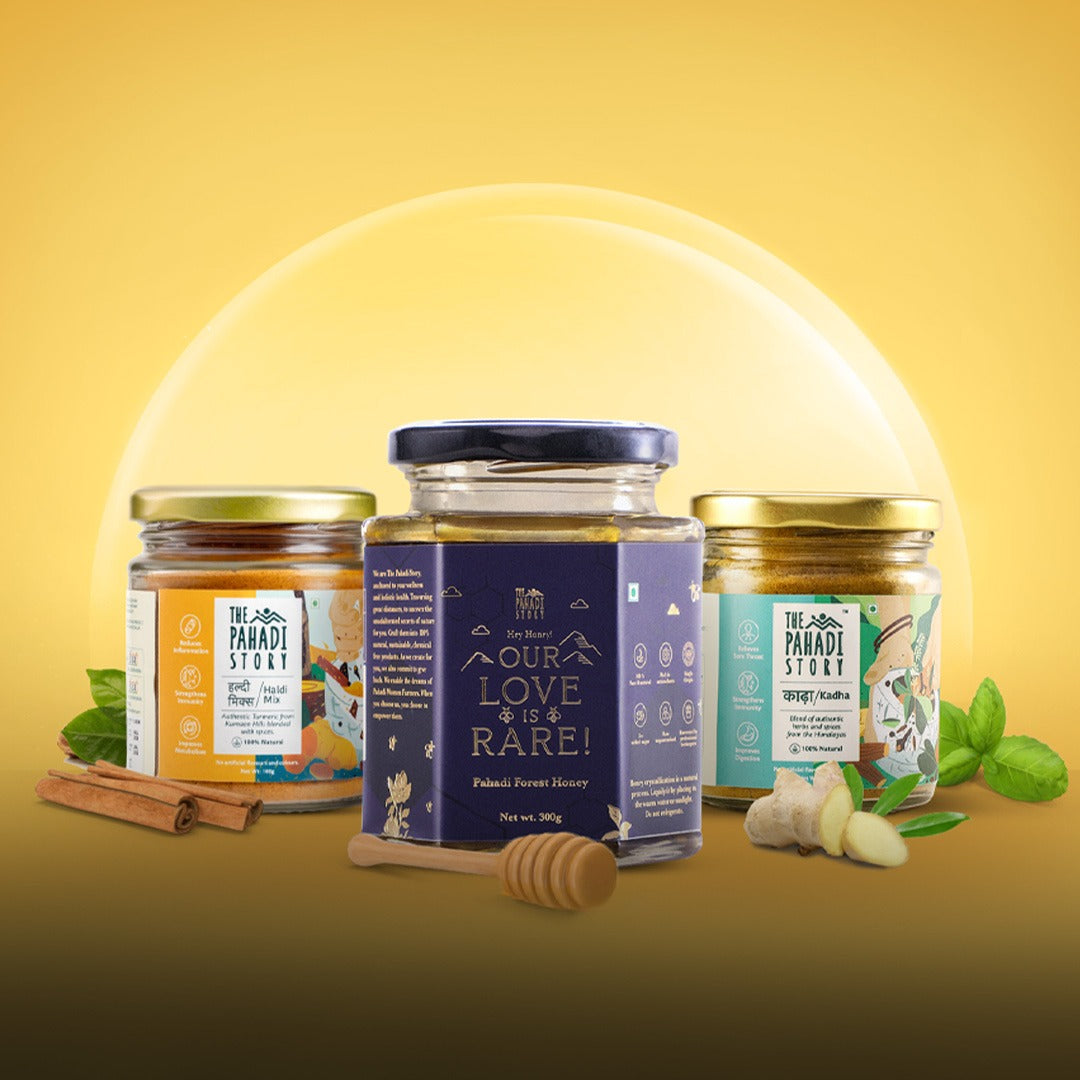
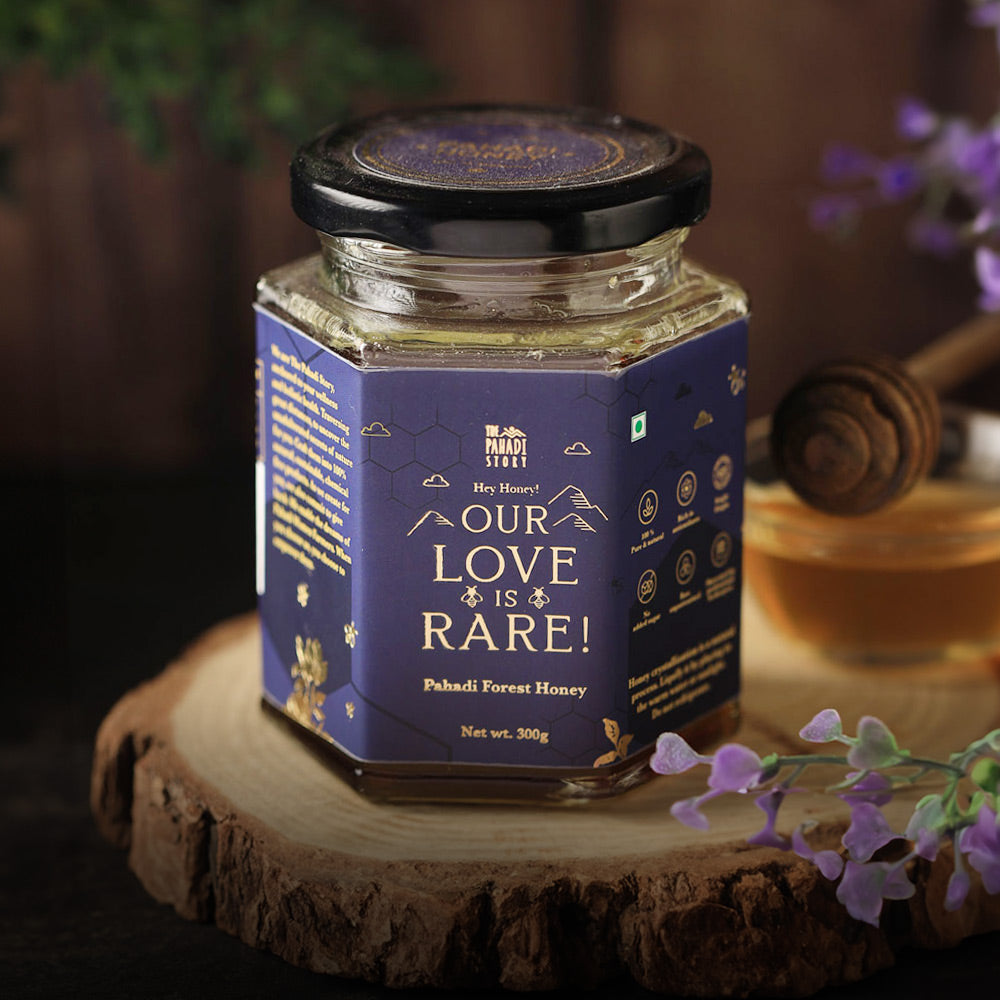
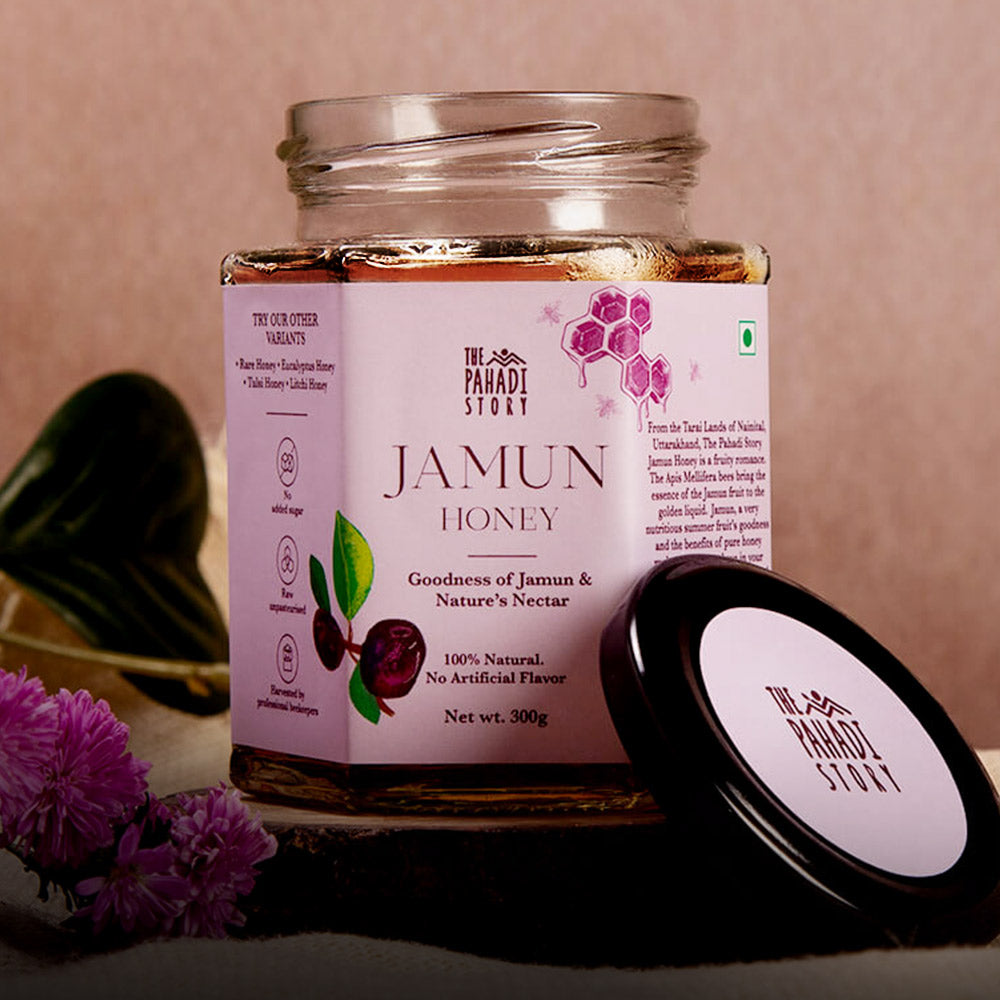
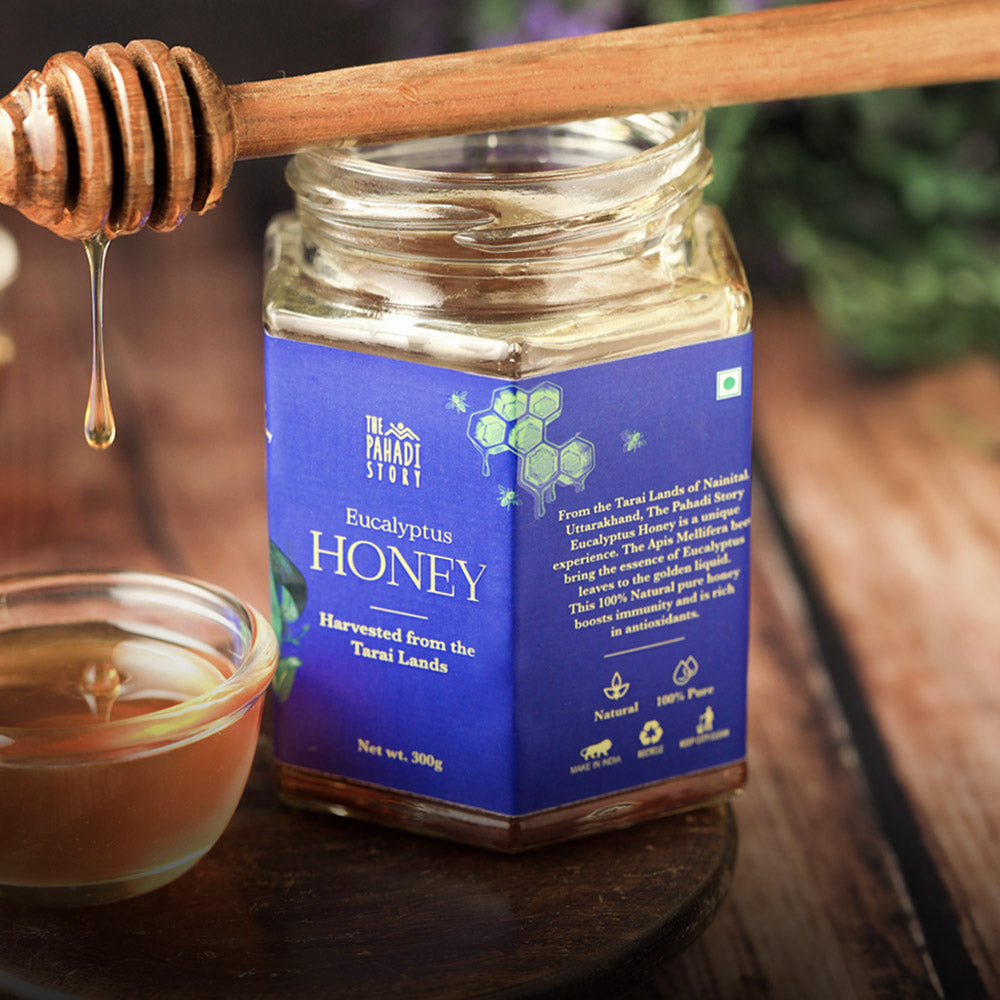
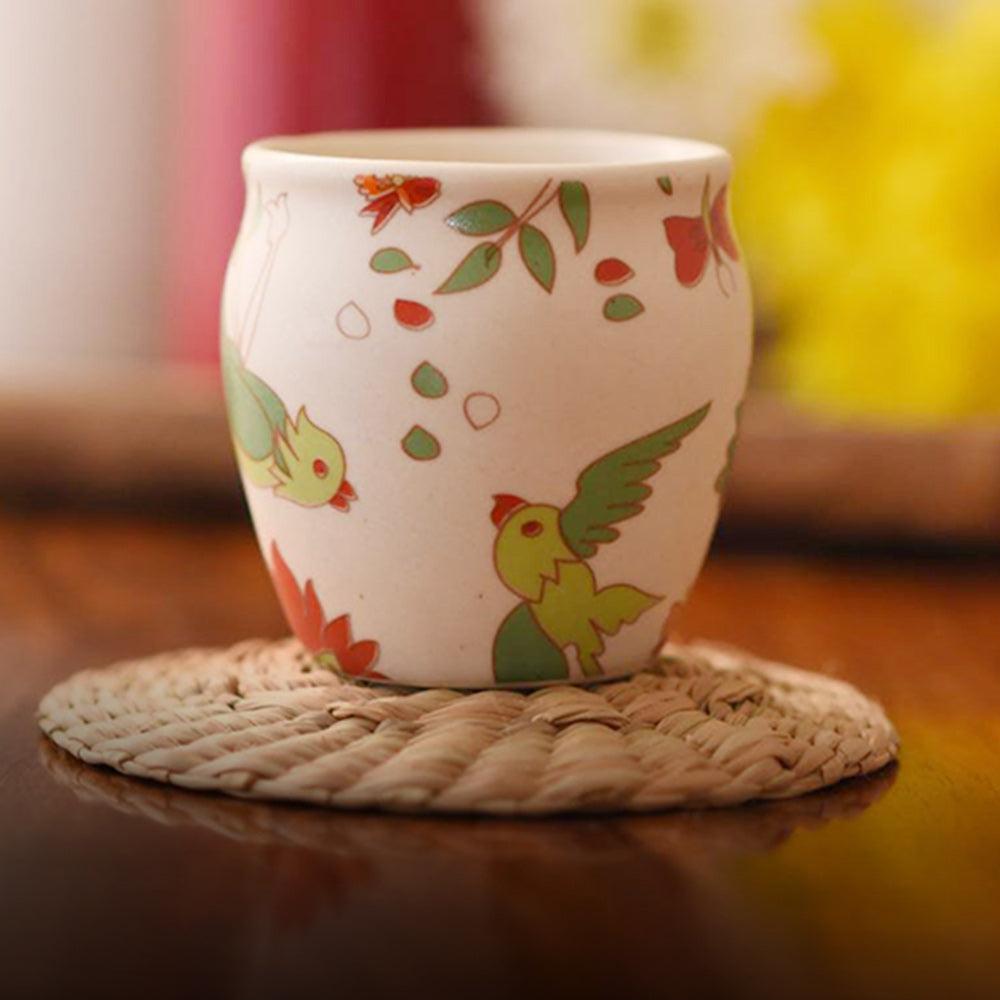
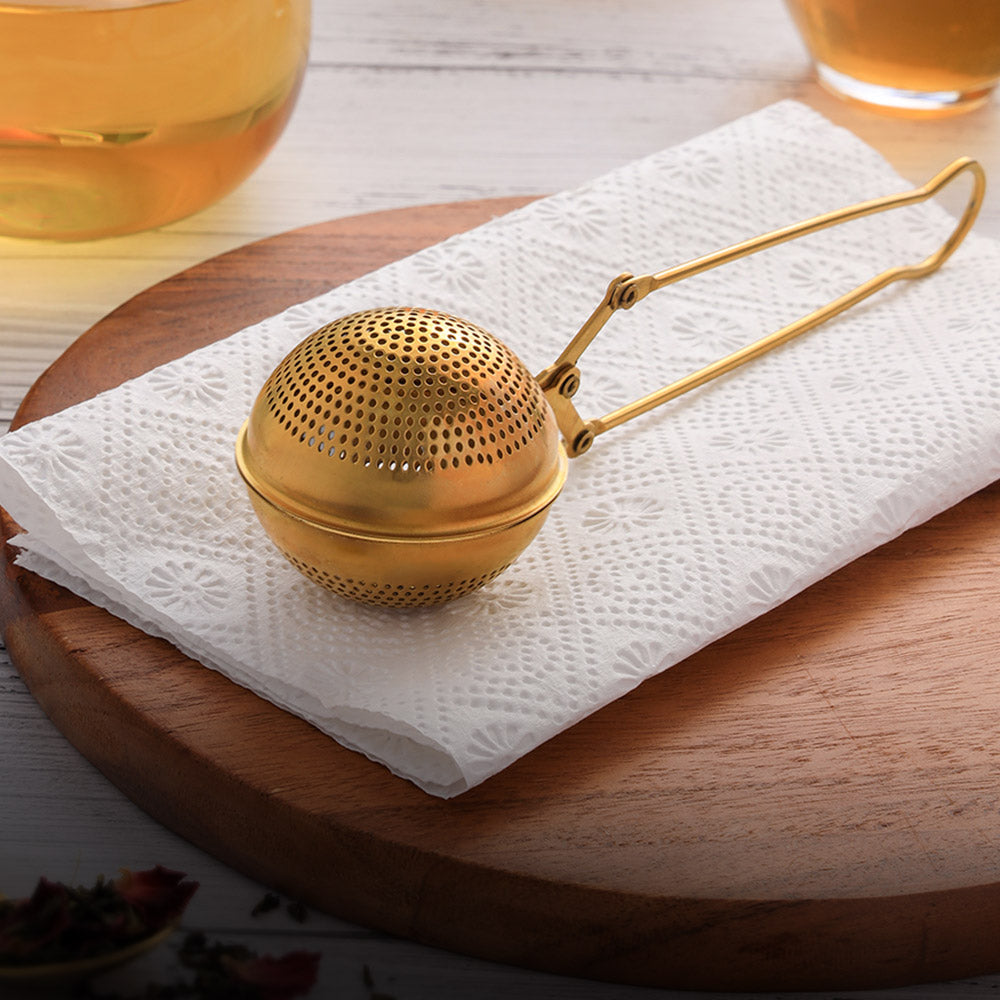
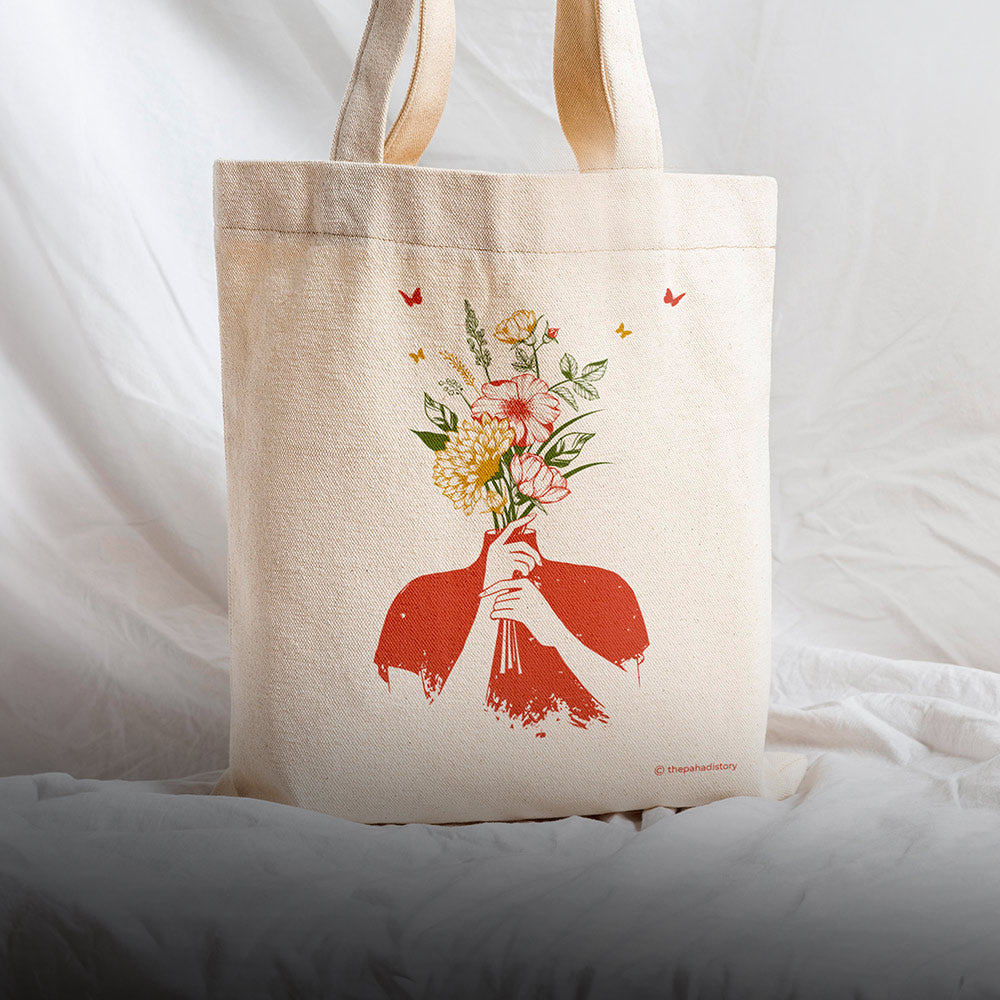
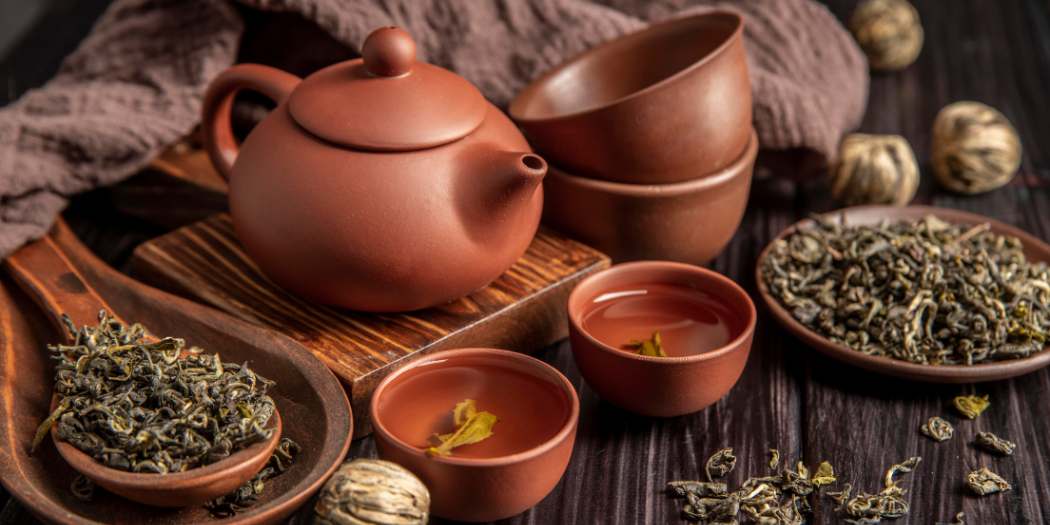
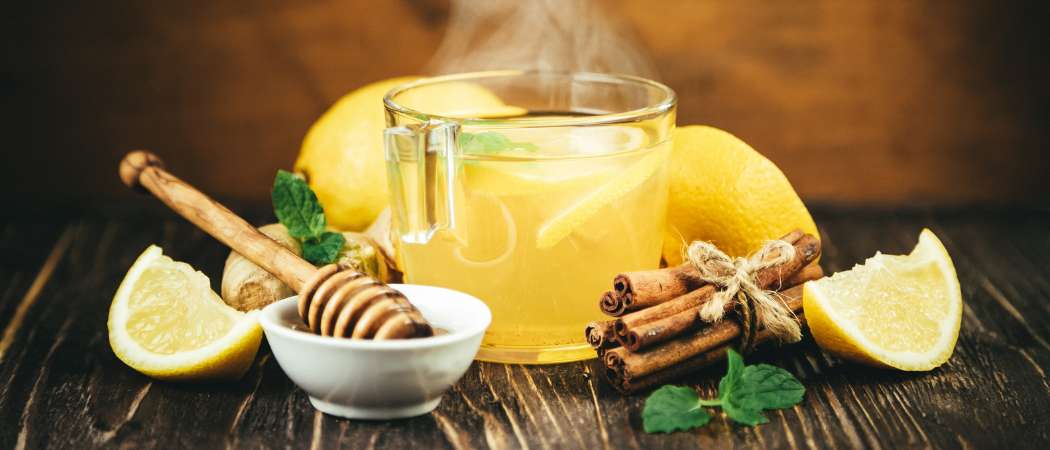

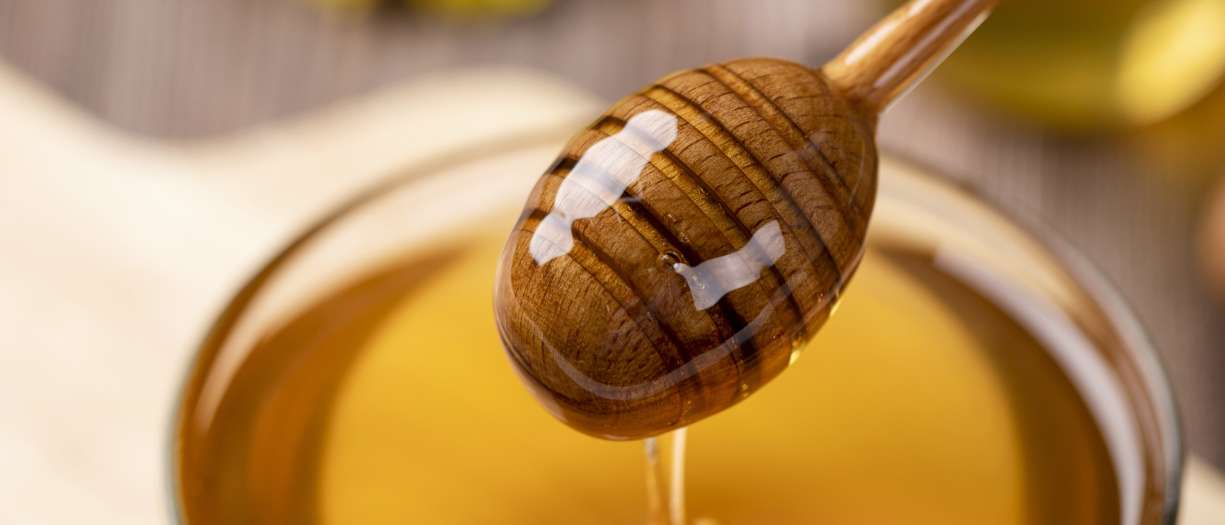
Leave a comment
This site is protected by hCaptcha and the hCaptcha Privacy Policy and Terms of Service apply.